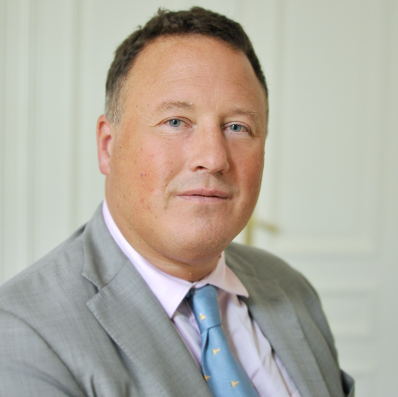WHO’s new Director-General Dr Tedros Adhanom Ghebreyesus presented his proposed programme for the coming years at a special session of the Organization’s Executive Board in Geneva 22 – 23 November. He wants WHO to focus on the strategic priorities of promoting universal healthcare, responding to health emergencies, and addressing a set of key “flagships” issues such as climate change, antimicrobial resistance and lifestyle related diseases.
Dr Tedros also called for WHO to have an impact in all Member States, including richer countries. This would see WHO conducting strategic policy dialogues with health ministers in richer countries such as those of the EU. In a parallel development on 23 November the European Commission published a package of Country Health Profiles analysing the strengths and weaknesses of the health systems in the 28 EU Member States.
When he was elected Director-General at the World Health Assembly in May, Dr Tedros pledged to make WHO more focused on priorities, more focused on impact and more of a political player within the UN System. His draft WHO General Programme of Work (GPW) for 2019 – 2023 is an essential step by Dr Tedros in turning those pledges into reality.
The draft GPW focuses on the three priorities Dr Tedros identified when campaigning to be elected Director-General: universal health coverage, health emergencies, and attaining the health goals set in the UN’s Sustainable Development Goals (SDGs). For each of these, the draft GPW sets a one billion target for 2023. One billion more people benefiting from universal health coverage, one billion people made safer (from emergencies), and one billion people whose lives have been improved (by progress towards the health goals under the UN SDGs). More than this, though, the draft GPW squares the circle of WHO’s dual mandate: being a standard setting body as well as an operational agency. It does this by putting them in the context of how WHO can serve 194 very diverse Member States. For the countries richer countries that already have well developed health systems WHO provides global health standards, strategies and “policy dialogue”. For poorer countries that are still in the process of building up their health systems WHO provides technical support to help them progress. However in a dozen or so countries and territories where national health systems are rudimentary or non-existent WHO will provide emergency services. These are places in the midst of conflict or emergencies, such as Yemen, Syria and Somalia. As Dr Tedros rather pithily put it, “if we go into Yemen or Syria and say “we are offering you policy dialogue” they will tell us to go to hell. That’s not what we need!” This explicit commitment to offering (emergency) health services in countries is a new departure for WHO. So too, though, is the commitment to have policy dialogues with rich countries, such as those in the EU.
The debate on the draft GWP with WHO’s 34 person Executive Board on 22-23 November was but the first step in a long process of consultation and discussion leading up to the World Health Assembly in May 2018. This is when the GWP for 2019 – 2023 needs to be agreed so that WHO has time to plan its implementation. Executive Board members had many things they wished to add (e.g. the UK wanted more on IHR implementation, Sweden wanted language on gender mainstreaming etc.) and areas where they wanted more detail. For example, how were the “triple billion” targets calculated (answer: they are basically the UN SDGs for health expressed in number of people instead of percentages of the population). However, no-one disagreed with the main pillars of the programme. So we can expect some sort of WHO initiative on health policy dialogues with European countries (including the rich ones) over the next few years.
Meanwhile back in Brussels: the European Commission’s DG SANTE is already offering Member States health policy dialogues. Or rather, “voluntary exchanges” about their Country Health Profiles. These are short reports (about 20 pages) looking at the overall state of health (life expectancy, health life years etc.) of the 28 EU Member States and analysing the performance of their health systems. The policy template the Commission and its partners in the OECD and the European Observatory on Health Systems and Policies used of the ideal health system when producing the reports is the one set out in the Commission’s 2014 Communication on effective, accessible and resilient health systems. This calls for a strong primary care system that “directs” patients (or acts as gatekeeper…) when they might need to see a specialist, or access hospital treatment. It also emphasises investment in disease prevention and health promotion, as well as using outpatient or community based treatment whenever possible (so they don’t occupy expensive hospital beds). This is supplemented by data on “amenable mortality”. This roughly translates as deaths that could have been avoided if patients had received the right treatments at the right time. The results are interesting though – spoiler alert – somewhat predictable: France and Sweden have much better health systems than Romania and Lithuania. It will be interesting to see how many Member States take up the offer to have “voluntary exchanges” with the Commission in 2018. It will be even more interesting to see how the Commission and WHO work together on health policy dialogue in 2018 and beyond.
